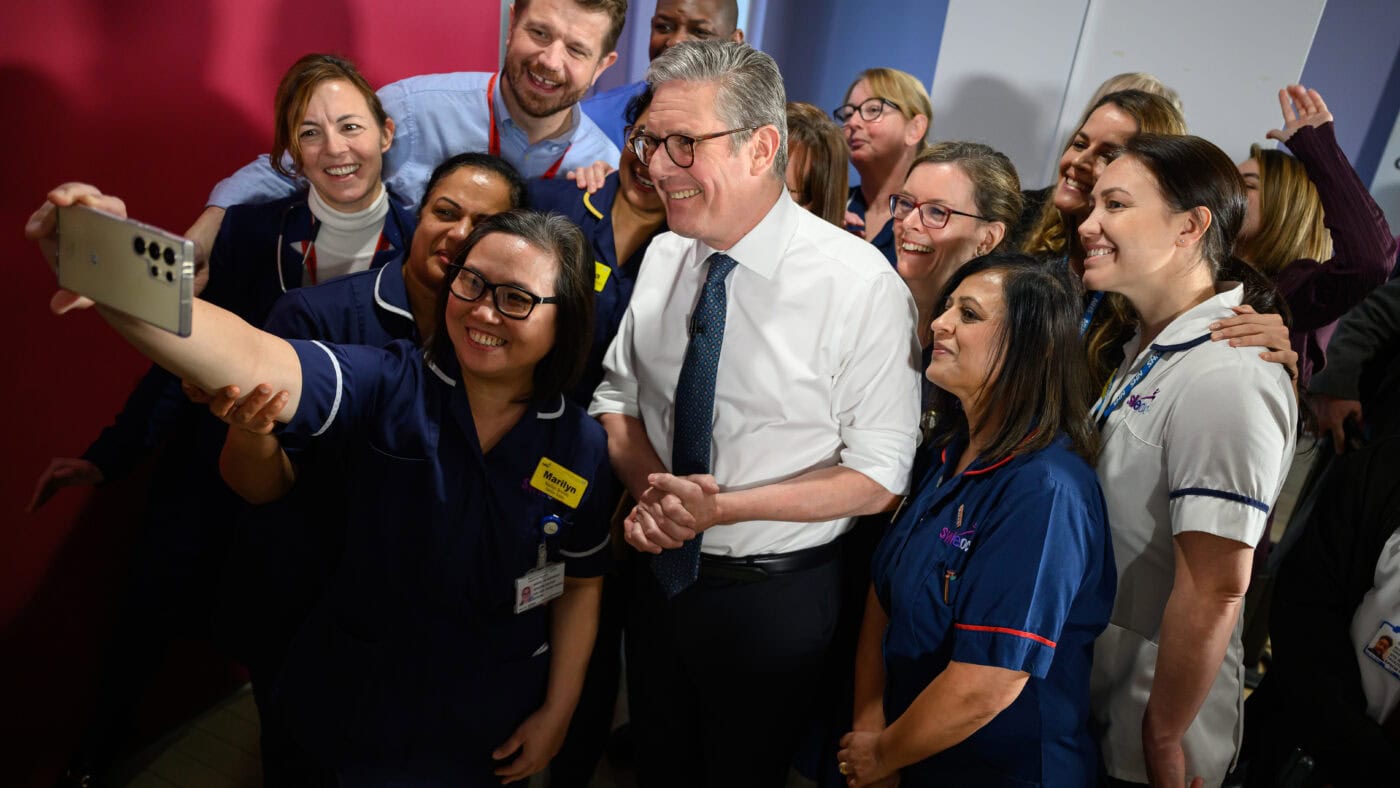I have previously criticised the Starmer government’s NHS reform plans as reheated Blairism. They rediscover reforms that were already implemented 20 years ago, repackage them a bit, and pass them off as novel and bold.
After the new plans announced today, I still think ‘reheated Blairism’ is a fair description – but I’m starting to wonder whether this might actually be a good thing, after all.
A bit of background. The NHS has a reputation for being resistant to reform, and that reputation is, in one sense, justified. If ‘reform’ means ‘fundamental, system-level changes’, then no, Britain does not do those.
However, if ‘reform’ means ‘a reorganisation within the system’, then the NHS has been in an almost constant state of reform for decades. Since new health secretaries want to be seen to be doing something, and leave their mark, there is an incentive to reform too much rather than too little. More specifically, there is an incentive to do something which looks novel, as opposed to building upon changes introduced by a predecessor.
For example, in the 1990s, John Major’s government tried, for the first time, to introduce some market-like mechanisms into the NHS. The Labour Party then campaigned against those changes, and reversed some of them after 1997, only to replace them with their own version of an ‘internal market’ a few years later.
Similarly, rather than building on the Blair/Brown-era reforms, David Cameron’s government embarked on a major reorganisation of the NHS’s internal commissioning process in the early 2010s, causing disruptions and losing political capital in the process. Less than a decade later, the Johnson government then quietly reversed some of those changes again.
So maybe reheating and reviving earlier reforms is preferable to continuing this aimless and disruptive reform zigzag.
With that in mind, the Government announced today that it wants to make:
‘[a] revolutionised NHS App’ a tool for ‘giving patients greater power over how and when they receive elective treatment’. More specifically, ‘by March 2025, patients at over 85% of acute trusts will be able to view appointment information via the NHS App’.
This may not sound like a revolution. If a healthcare provider has no appointment available for the foreseeable future, then it does not really matter whether you get that information from a grumpy receptionist, or from an app. An app is just a medium: it does not create any extra capacity.
And yet: this could become a meaningful way to deepen one of the key reforms of the Blair era, namely, the introduction of patient choice.
Historically, the concept of ‘patient choice’ was alien to the NHS. In particular, you could not freely choose between hospitals. Your GP would make that choice for you.
Then in 2002, the Blair government launched a regional pilot project in London. Patients who were on a waiting list for hospital treatment, and whose appointment was more than half a year away, were given the option to pick a different hospital if they could get an appointment there sooner. The pilot was a success, in that it cut average waiting times by almost a month.
Over the coming years, the principle of patient choice was rolled out more widely, in several steps. It was also combined with a reform of the payment system, under which healthcare providers were paid on the basis of activity. This meant that there was now a financial incentive to attract more patients.
Of course, the usual suspects screamed that this amounted to ‘privatisation by the backdoor’, as they always do. But it worked. A number of empirical studies have since shown that patient choice and limited competition improved clinical quality and reduced waiting times (see pp. 76-83).
So the Blair-era reforms were an improvement as far as they went. But they were also left incomplete. Most patients were never even told that they had free choice of healthcare provider, as a lot of GPs simply kept referring people as they saw fit. The next step would have been to fill the patient choice reform with life: to upgrade it from a right that exists on paper to a lived reality.
Alas, as described above, this kind of reform continuity is rare in Britain. New governments are more likely to come up with their own reorganisation plans than to build on reforms of their predecessors.
If the NHS App turns out to be right vehicle for extending meaningful patient choice, then ‘Blairism with an app’ would be the way to go.
Click here to subscribe to our daily briefing – the best pieces from CapX and across the web.
CapX depends on the generosity of its readers. If you value what we do, please consider making a donation.


